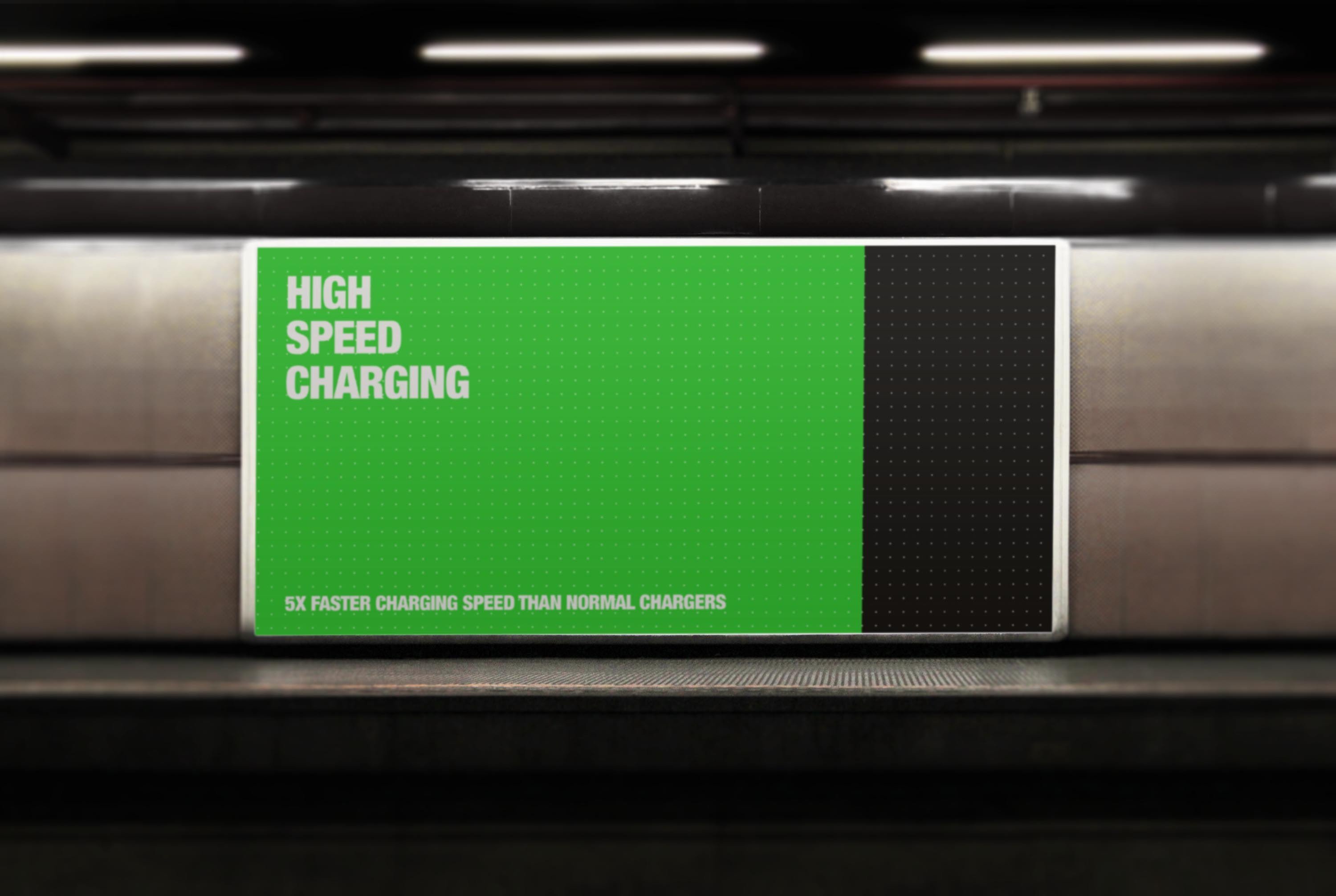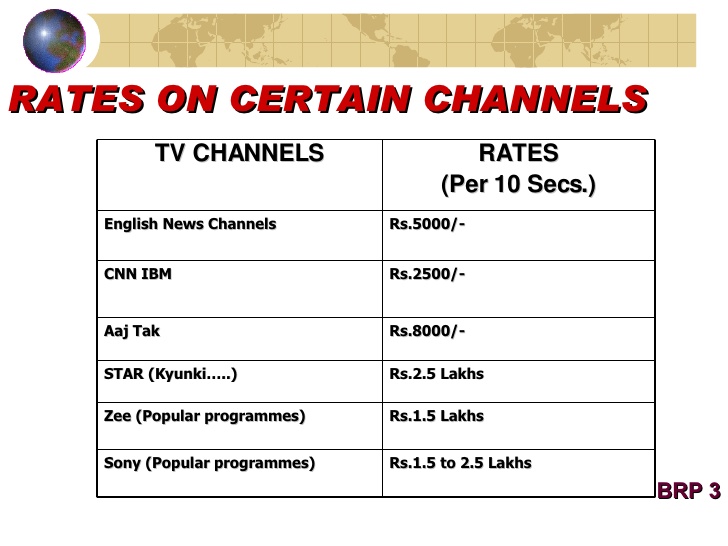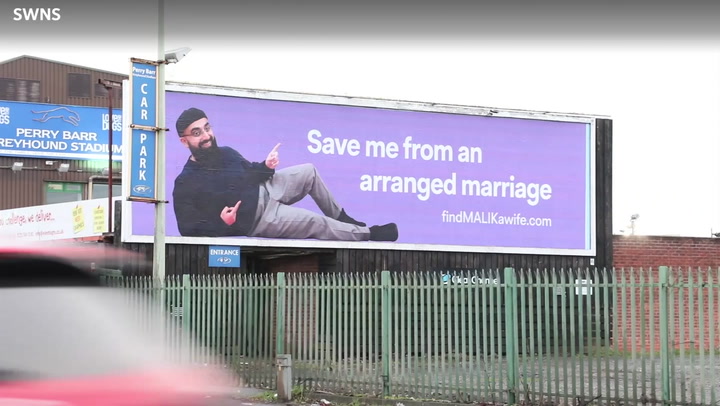
TV Advertising Budget
Television is a powerful medium for advertisers to communicate their message. Advertisers have the opportunity to reach large audiences by using television. Millions of people can watch the same show simultaneously. As more people watch the same show on Netflix and cut the cord, traditional TV is experiencing a decline in ad spending.
The television remains a powerful medium for advertisers. It is also one of the most profitable media channels around. Television actually has the highest investment rate of any media channel.
Cost of TV Ads
A television advertisement's cost can vary depending on what product or service is being promoted and how much time it is spent on the program. This can make budgeting difficult. But the cost to produce a television commercial can be broken down into three parts: the network fee and the syndication charge.

Ad spending on the television can be very expensive, and that's why many companies don't want to spend a lot of money on their advertising. However, there are ways to reduce the cost of your ad campaigns by using smart TV technologies and other marketing tools that can help you save on production costs.
Connected TV Ads
Although streaming and traditional television are often thought of as opposing platforms, these technologies can work together to offer brands greater reach. As more people watch content on multiple devices, it's important for brands to consider how they can leverage their advertising dollars to get in front of their target audience through both linear and connected TV ad spending.
Connected television is an emerging format for ad formats that connects viewers to their favorite programs. This combines TV technology with online data to determine which viewers are most interested in the show. The result is an advertisement that targets specific households according to their age, gender, or other demographics.
This allows advertisers to personalize the advertising experience for each viewer. This can help increase brand awareness and drive conversions. It makes it easy to measure and track the campaign's impact.

It is expected that 36% of all TV viewers will view content on a connected device by 2022. Even though ConnectedTV ads make up 18% of the total video ad market it can make up a large portion of a brands marketing budget.
As it continues to help advertisers build their brands, and drive sales, this ad type will likely grow over the next few years. Consumers will be able to access content anywhere they are and view ad free versions of popular shows.
FAQ
How can I select my target audience?
Start with yourself and those closest to your heart. You might be unsure where to begin. Ask yourself: "Whom am I trying to reach?"
Ask yourself these questions: Who do you consider the most influential in your industry? What problems do they have to deal with every day? Which are the smartest people working in my field? They hang out online.
Return to the beginning. Why did you start? What problem solved you for yourself? How did that happen?
These answers will help identify your ideal clients. These answers will help you understand your ideal clients and what motivates them to buy from you.
You can also look at your competitors' websites and social media pages to find clues about whom they cater to.
Once you have identified your target customers you will need to choose the channel to reach them. You might, for example, create a website to target home buyers if you offer services to real-estate agents.
A blog could be created if your software is offered to small businesses.
You could also create a Facebook account for teens if you sell clothing. If you own a restaurant, you can set up a twitter account to provide information for parents searching for child-friendly options.
The point here is that there are many ways to get your message across.
Radio advertising: What are your options?
Understanding how different media interact with each other is crucial. The most important thing to remember is that all forms of media are complementary rather than competitive.
Radio is best utilized as an extension to TV advertising. Radio complements television advertising by reinforcing key messages or providing additional information.
Radio listeners are often not able to handle long TV commercials. Radio ads are often shorter and cheaper.
What do you need to know about print advertising?
Print advertising is an effective medium for communicating with consumers. It is used by many companies for promoting products and services. It is designed to attract the attention of the customer.
Print ads are usually short (one page) and contain text, pictures, logos, and other graphics. Print ads can also contain sound, animation, videos, and hyperlinks.
The following categories are the most common types of print advertisements:
1. Brochures: These large-format printed pieces are meant to draw customers into stores. They often have colorful pictures and eye-catching designs.
2. Catalogues: These are smaller versions or brochures. These are typically sent to customers who ask for specific information.
3. Flyers - These are small pieces of paper distributed at events such as concerts and fairs. These flyers are usually free, but they must be purchased if given to retail outlets.
4. Posters - These are larger versions of flyers. They are placed on walls, fences, buildings and other surfaces. They are typically created using computer software programs that aim to attract the attention of passersby.
5. Direct mail – This is a direct mailing of letters or postcards directly to customers. These are sent out by companies to remind customers about their business.
6. Newspaper Ads - These are placed in newspapers and magazines. These are typically quite long and often contain text as well images.
What is the cost of advertising on social media?
This route is not for everyone. You will be charged monthly depending on your time on each platform.
Facebook: $0.10 per 1,000 impressions
Twitter - $0.20 for 1,000 impressions (if tweeting)
If you send invitations, Linkedin: $0.30 per 1,000 impressions
Instagram: $0.50 per 1,000 impressions
Snapchat - $0.60 Per 1,000 Impressions ($0.40 per User)
YouTube - $0.25 Per 1,000 Views
Tumblr: $0.15 per 1,000 impressions of text posts
Pinterest - $0.05 per 1,000 impressions per month
Google+ - $0.15 to $0.0.20 per 1,000,000 impressions
Tumblr $0.15- $0.20 for 100,000 impressions
Vimeo – $0.20- $0.25 Per 10,000 Impressions
Soundcloud - $0.20-$0.25 per 1 million plays
StumbleUpon - $0.20 -$0.25 per 1 billion pageviews
Digg - $0.20 to $0.25 per 1000 diggs
Reddit - $0.20 - $0.0.25 per 1000 Comments
Wordpress - $0.20 - $0.25 for 500 comments
Flickr - $0.20 -- $0.25 per 5,000 photo uploads
What is an advertisement campaign?
A campaign is a series advertising messages that are designed to promote a product. It can also refer entirely to the production of such ads.
The Latin word for "to Sell" gives rise to the term "ad". Marcus Terentius Varro, 116-27 BC, was the first to use it. He used it as a verb that meant "to make a sales."
Large companies or agencies usually do advertising campaigns. Many media types can be used in these campaigns, including television, radio and print.
Advertising campaigns are typically long-lasting and have clear goals. For instance, some campaigns aim to generate awareness while others focus on increasing sales.
Advertising: What is it?
Advertising is an art form. It's not just about selling products. It's about creating emotional connections between people and brands.
Advertising is about storytelling and using images to communicate ideas.
Communication must be clear and persuasive. And you need to tell a story that resonates with your target market.
This makes advertising different from other forms of communication, such as public speaking, writing, or presentations.
Because when you create a successful ad campaign, you are creating a brand identity for yourself.
This is how you make yourself memorable. You become someone that people remember.
What is an advertising buyer?
Advertising space is purchased by an advertiser on TV, radio and printed media.
Advertisers are charged for the time their message will appear.
They do not always look for the best ads, but are looking for the most effective to reach their target audience.
Advertisers may have demographic information such as the age, gender, marital status, income level, occupation, hobbies, and interests of their customers.
This data can be used by the advertiser to decide which media is most effective for them. An example is direct mail that appeals to older people.
Advertisers also look at the competition. Advertisers might place their ads near similar businesses if they see them.
Advertisers should also consider the budget they have and how long they plan to spend it before it expires.
Statistics
- Google will display whichever ad type (CPM or CPC) is expected to earn more revenue for the publisher, which is in Google's best interest since they take a 32% share of the revenue. (quicksprout.com)
- Advertising spending as a share of GDP was about 2.9 percent. (en.wikipedia.org)
- It collects money from the advertisers, keeps 32% for its role in facilitating the process, and the remaining 68% goes to the publisher (you). (quicksprout.com)
- In 1919 it was 2.5 percent of gross domestic product (GDP) in the US, and it averaged 2.2 percent of GDP between then and at least 2007, though it may have declined dramatically since the Great Recession. (en.wikipedia.org)
External Links
How To
How do you place an advertisement on a billboard
Billboards have been around since the late 1800s, but they were first made popular during World War II when they became standard fixtures along roadsides and highways. Many billboards include text advertising and others may also display photographs or artwork. Although most billboards remain static, some display messages that change frequently, such as weather forecasts and stock prices or news about political events.
The majority of billboards are outside displays. However, there are indoor versions. While outdoor billboards are often seen by people passing by, indoor ones might only be seen once in a few years. The most common type of outdoor billboard is called a "cubic" billboard because it is composed of three layers -- two sheets of glass sandwiching a layer of fiberglass mesh. This allows air flow through the billboard and keeps it cool in summer and warm in winter.
Billboard Advertising Inc. owns many of North America’s largest billboard advertising agencies and pays advertisers to display their ads on its billboards. Advertisers are then offered space on these billboards by these companies. These billboards are purchased by advertisers according to how much they wish to spend on advertising. They often choose the best locations for their ads based on where people drive and walk the most.
In addition to selling ad space, Billboard Advertising Inc. has contracts with local governments to erect signs on city property. Some cities allow billboards in any area, while others have restrictions. Chicago, for example requires that billboards are no higher than 1,000 feet from any highway. Other cities place restrictions on billboards being placed closer than 500ft from schools or churches.
Billboard Advertising Inc. holds contracts to promote products or services in the United States. This includes Florida, California and Nevada, Texas and Arizona, New Mexico and Colorado.